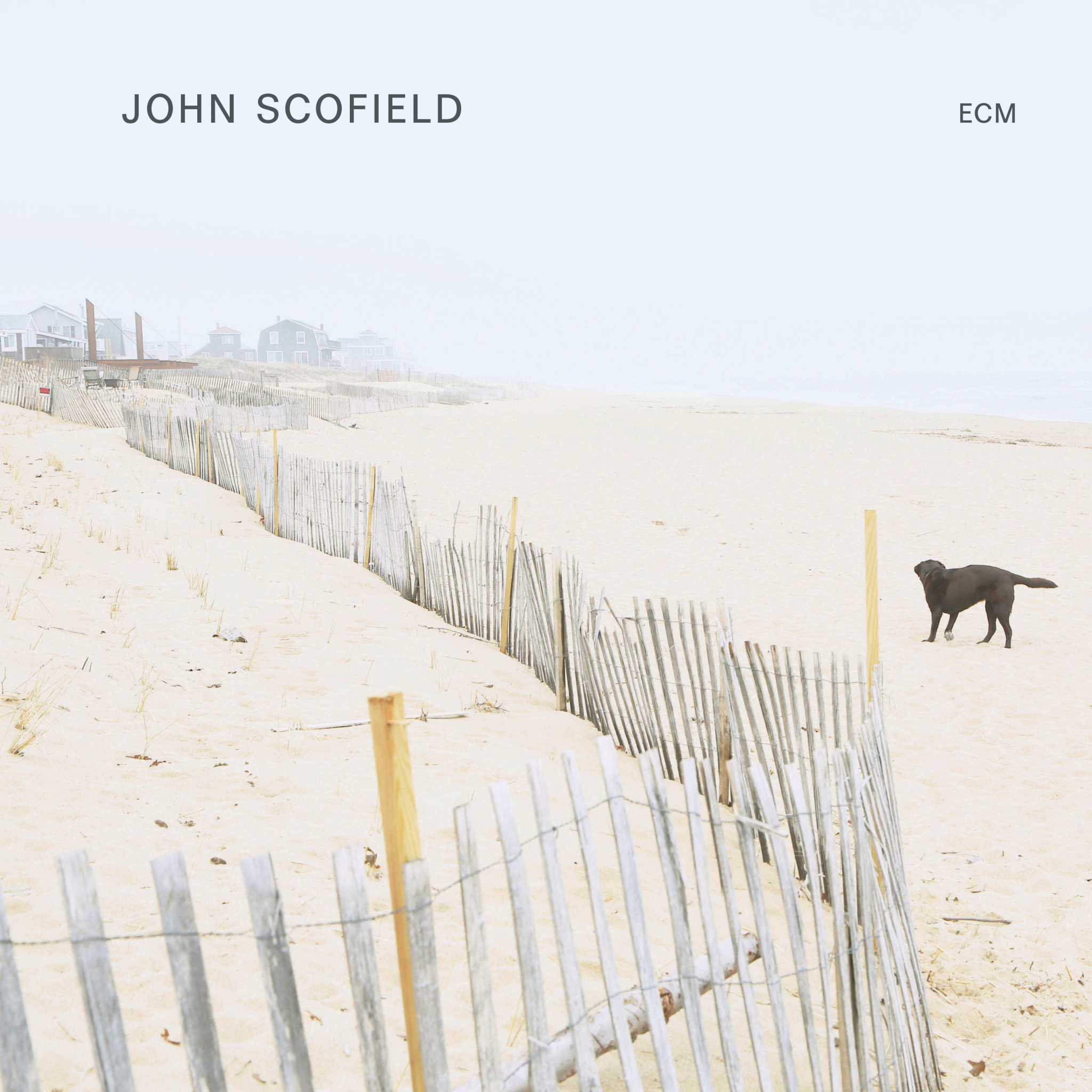The Impactful Careers of John Scofield and Norman Petty
John Scofield, a renowned jazz-rock guitarist and composer, has been a prominent figure in the music industry for several decades. His unique musical style, blending post-bop, rock, funk, and R&B, has earned him a reputable spot among the greats.
Born in 1951, Scofield's journey to music stardom started in his teen years, experimenting with diverse music genres. It wasn't long before he took the music world by storm, standing out with his distinctive fusion style and becoming a leading figure in the jazz-rock fusion movement.
Throughout his career, Scofield collaborated with many distinguished artists, such as Miles Davis, Charles Mingus, and Chet Baker. His fruitful association with these artists embodies the magic of collaboration in music. Their shared love of pushing the envelope has resulted in some of the most memorable pieces in jazz history. Today, as we continue to appreciate the timeless nature of Scofield's music, we also celebrate the indelible impact these collaborations have had on his career.
A confluence of extraordinary talent and exceptional guidance, John Scofield's music stands as a testament to his unmatched prowess as a guitarist and a composer.
